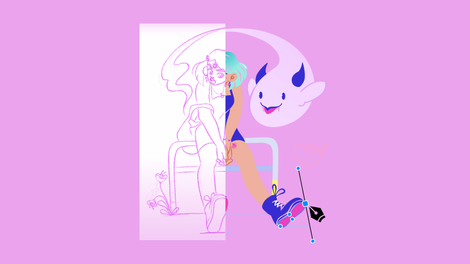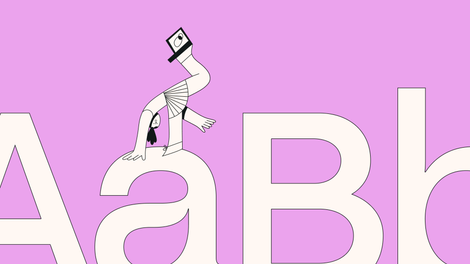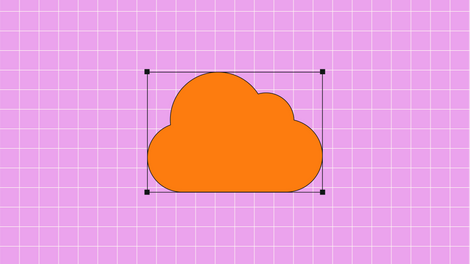So you want to create a brand!
You might be a business owner setting up a new venture, launching a new product or service, or just trying to breathe new life into an existing brand that's feeling a bit stale.
Whatever the circumstances, this is an exciting if not slightly daunting challenge. We wouldn’t blame you if you’re feeling a bit overwhelmed by it all right now. We’ll start by letting you in on a little secret: when it comes to effective branding, there simply is no greater tool in your arsenal than graphic design.
Jumpstart your ideas with Linearity Curve
Take your designs to the next level.
When it comes to making a first impression on potential customers, communicating a company's identity and values, and capturing an audience’s precious attention, your graphic design is pulling more weight than anything else. And while there are plenty of other branding avenues to explore (motion graphics comes to mind), prioritizing high-quality graphic design as your foundation will shape the rest of your branding practices for the better.
So whether you're interested in improving your branding strategy for your own business goals or for a client, read on for some top tips on how to use graphic design to strengthen your brand.
What is graphic design?
Before we get any further, let’s nail down some definitions to make sure we’re all on the same page: graphic design is the art of visually communicating ideas and messages to an audience.
At first glance, that involves broad design elements like text, images, and illustrations. But if there’s one thing graphic designers are good at, it’s getting granular: they dig into every visual detail, including layout, typeface style, and color palettes.
Graphic designers work with all types of visual media, from physical assets like flyers, brochures, and business cards, to the ever-more important digital space, including website design, social media graphics, and online advertising assets. As you can probably see, nailing the basics of your brand’s graphic design will have wide-reaching effects on the rest of your business venture.
What is branding?
The art of branding encompasses any sort of identity creation for a company or product as part of a marketing strategy.
That includes all activities involved in crafting an image or public perception for potential buyers. Broadly speaking, this is done through advertising, marketing, and design. The most crucial aspect of any company’s branding is arguably its logo: it communicates the tone for your entire brand, and is the most memorable signifier consumers have to associate with your business. Side note: check out this post for some logo identity design examples and inspo!
The branding process for any company is far-reaching, and it’s worth spending the time to keep on top of trends to make sure your branding strategy stays fresh.
What role does graphic design play in branding?
At this point, you shouldn’t be surprised to learn that graphic design plays an enormous role in branding techniques.
If brand identity is the message, graphic design is the mode of communication. It's the key to creating visual identity elements that will stick to your brand and create positive associations in the minds of potential customers. Here are the main reasons graphic design is so important in the branding process:
It defines the entire customer experience
There really is no aspect of your brand which isn’t touched by graphic design.
As we mentioned above, it all starts with a logo. From there, customers might choose to pick up your product, browse your mobile app, or check out your social media content. A cohesive visual design across all brand channels and assets is a key part of creating a positive customer experience, and it will ultimately improve customer acquisition rates and broaden your customer base.
It can increase sales
We can all understand from a consumer perspective that attractive visuals make a huge difference in our purchasing decisions.
When we’re picking between rows of options at a supermarket, the visual design of a product has a huge influence on our buying decision, sometimes even more than the contents of the product itself. Good graphic design will do the work for you when it comes to finding your ideal customer base and compelling them to make a purchase.
It’s a powerful communicator
Using visuals for communication doesn’t only work to convey your brand identity, but is also important for communicating literal information, like the details on product packaging or on your website.
Enhance Your Marketing with Graphic Design
Dive into our comprehensive blog post to discover how graphic design can revolutionize your marketing strategies. Learn to create visually appealing and effective marketing materials.
The right font, colors, and layout will help potential customers understand the product or service you’re offering, which is crucial in convincing them to make a purchase.
It builds trust and credibility
Consistency is key in branding, and this should extend to your graphic design choices.
Creating a visual identity that customers can become familiar with, from product packing to social media presence, helps them build up emotional connections and a sense of loyalty to the brand. Having a base of loyal customers will be a key driver in your success as a brand — curious new customers making one-off purchases will only get your business so far.
Weaving consistent graphic design choices throughout your visuals creates a strong brand identity, which means that customers know what to expect and feel comfortable recommending your product to others.
How do I go about improving my brand’s graphic design?
So glad you asked! Finding the right path for designing your visual brand elements will depend on your specific circumstances. Take into account your business size and budget, your goals for expansion, and the realistic capacities of your in-house expertise. Here are some options to consider:
Design your brand yourself
Before committing a chunk of your budget to hiring external designers, assess your own skill level and consider whether you can take on the graphic design work yourself or with an in-house design team.
There are plenty of intuitive graphic design platforms out there, and design software like Linearity Curve can go a long way in helping you turn your graphic design dreams into reality, without a huge amount of industry expertise needed. By relying on your own digital design skills, you’ll be saving money, keeping creative control, and making custom designs that uniquely fit your personal brand strategy.
Hire a professional graphic designer
If you decide your graphic design skills aren’t up to snuff, or you have the budget to invest more in your brand design, opt to outsource the design work to professional designers.
A creative expert or freelance design team will bring a more in-depth level of identity design skills, and will be able to offer new perspectives and ideas for building your visual brand identity. Plus, leaving the design process to an expert will take a huge task off your plate, allowing you to focus on other key aspects of brand-building, like business strategy and marketing efforts.
Consult with an external marketing team
Speaking of marketing efforts, don’t forget that graphic design and marketing should always go hand in hand.
If you’re a creative soul at heart, it can be easy to get lost in the artistic stage of the creative process. While the graphic design process can sometimes feel more like art creation than brand creation, it’s important to meld the two to get the most effective end results.
To this end, make sure your marketing team is intricately involved in the design process, and consider consulting with external experts, like a digital marketing agency or branding agency. They’ll help make sure that your design elements work in conjunction with your marketing goals, ultimately leaving you with a cohesive and effective visual brand identity.
Give me the graphic design tips!
Time to get to the good stuff: let’s go through the basic advice you’ll want to follow when creating your visual brand identity with graphic design.
We’ll start with some fundamental design principles which are applicable to a variety of projects, then touch on some ways you can use the power of design to take specific branding design projects to the next level. You and your design team could go down a rabbit hole perfecting the design process for your particular needs, but this guide will give you a comprehensive starting point for any project.
The need-to-knows
When building your design strategy for any branding project, start by thinking about these basic design components.
Color schemes
Color palettes play a huge role in brand communication and recognition. Think of how easily you can call to mind the exact hue of the Facebook blue or the Starbucks green.
The colors you choose to represent your brand will form the basis for almost all of your graphic design assets, so choose wisely here. Your logo color will be a natural starting point for your overall palette, and you can pick a range of complementary additional colors from there.
For example, you might want to choose a vibrant primary color for your logo, accompanied by more muted colors for your secondary assets. You can also learn about color theory and why it's such a crucial consideration in the design process.
Logo
The logo is one of the key elements of your brand, and while it can be updated and modernized as your brand evolves, the basic bones of the logo are unlikely to change.
It’s your chance to give potential customers a snapshot into the company’s identity, and your icon design will become the visual shorthand for everything you want your brand to represent. As well as color, icon style, and typeface style, think about aspects like how easily your design could be updated, how the logo will look on a variety of assets (both physical and digital), and whether your logo can be animated for the digital space.
Learn to figure out what style of logo is right for you, and how to avoid common logo design mistakes. Then you can go ahead and design your own logo from scratch with Linearity Curve's icon design tools.
Imagery
When creating your visual identity plan, make sure you think about the kinds of images and illustrations you’ll be incorporating.
This will be most relevant for your online presence, especially your social media channels, content creation, email marketing, and other digital marketing campaigns. The pictures you use tell a visual story about your brand’s message, priorities, and professionalism.
You’ll need to have the in-house skills or the budget to outsource image assets like high-quality photography, sophisticated images, and other artful designs. Make sure you understand how to optimize your images so your UX doesn’t suffer!
Nitty-gritty advice
Here’s a few examples of how you can incorporate beautiful graphic design into more specific branding scenarios.
Packaging design
The graphic design process for creating a physical product is going to be very different than that of a purely online branding project.
This is an exciting opportunity to create tangible elements to represent your brand identity, but adapting the visual medium of graphic design to a 3D product takes some extra considerations.
Ready to create brand assets that pack a punch?
Visit our Academy for free graphic design courses.
On top of visual design, you’ll have to focus on other practical aspects like the suitability of packaging materials and shape, the tactile experience of the product, and user-friendliness.
Your best option might be to work with a professional product designer as part of your product development process, to make sure you’re incorporating the visual elements of the packaging with the necessary practical considerations.
Online presence
These days, a brand’s journey starts with its online presence.
Maybe you're looking to boost business by upgrading your digital strategy, or you're designing an online feature to accompany physical or digital products. Whatever the situation, the graphic design of your online identity is a key factor in your business success.
Pay close attention to your website's UX, as this is a determining factor in how long customers want to spend on your site. It impacts conversion rates and can either compel or deter visitors from making a purchase. Testing, feedback, and optimization are all essential steps in the creative process here.
Using modern content management systems like Squarespace or Cargo collective will allow you to integrate responsive web design, meaning your content will be optimized for all devices and screen sizes.
The same goes for your social media content: spend time coming up with a social strategy to define a core concept for your social media branding. This might include a curated Instagram feed or consistent YouTube thumbnail designs. Cohesive, beautiful, and innovative design will increase the shareability of your content, while encouraging active community engagement online.
Marketing campaigns
The graphic design aspect of brand campaigns will influence all of your marketing materials, from banner ads and infographics to OOH marketing like billboards and bus ads.
Melding the fundamentals of your brand's visuals (colors, fonts, logos) with eye-catching design twists and clever copy will make for a successful marketing campaign. Make sure you set up ways to analyze the effectiveness of your campaign so you can continue to make improvements to your strategy.
Again, you could consider consulting an agency to help you plan your marketing campaign timeline and create your marketing materials. You can also get tailored advice from internet marketing experts or a digital marketing agency for your digital marketing campaigns.
Parting advice: a brand is for life, not just for Christmas
This advice will get you a good way into planning a branding strategy with beautiful graphic design at the center, and should apply to a whole range of industries and branding needs.
Remember, you need to define the core essence of your brand before you can start playing with the visual style to go along with it. That way, even as your business grows and your visual brand elements chop and change with the times, your core brand identity will remain the same, leaving customers with that all-important sense of brand loyalty and trust.
If you’re using an in-house design team, check out our design tutorials to start creating professional visuals for whatever assets you need, with classes on everything from logos to custom fonts to business cards. And make sure to read this blog post on brand identity design for even more tips on building up your brand with the power of design.
Jumpstart your ideas with Linearity Curve
Take your designs to the next level.
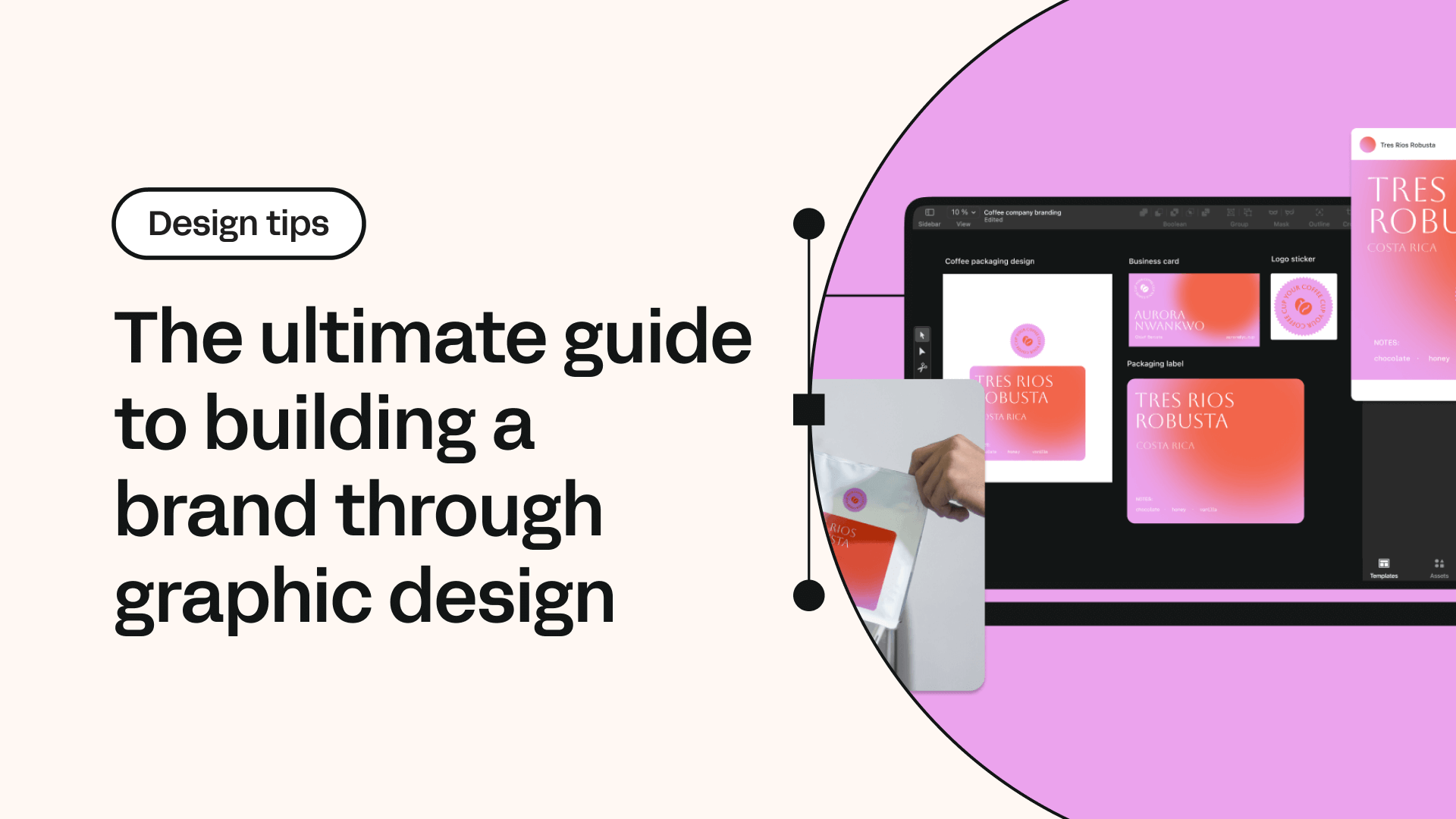
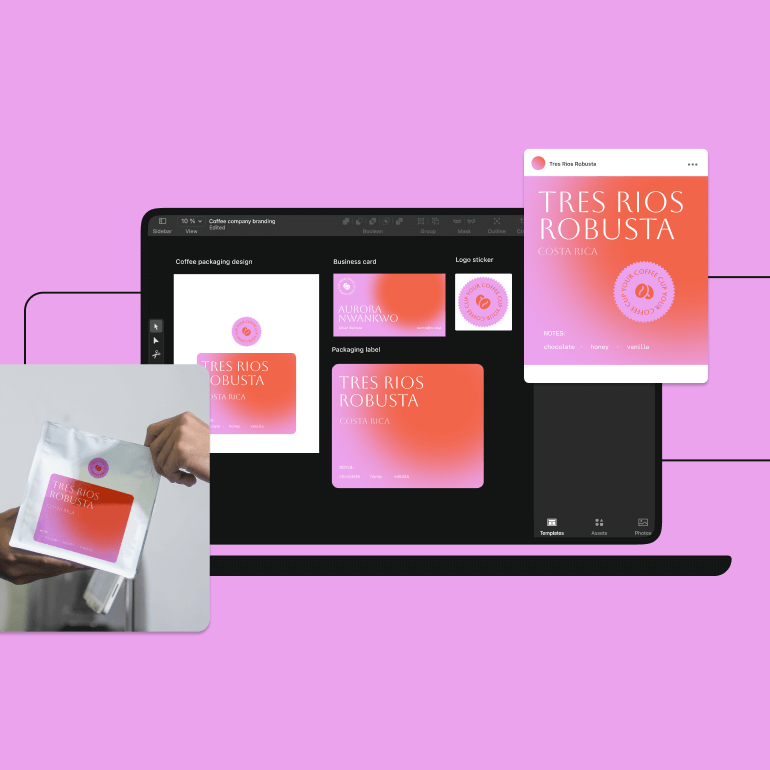
Share this!
Jonny Tiernan
Jonny is a contributing writer to the Linearity Blog.


:quality(75))
:quality(75))


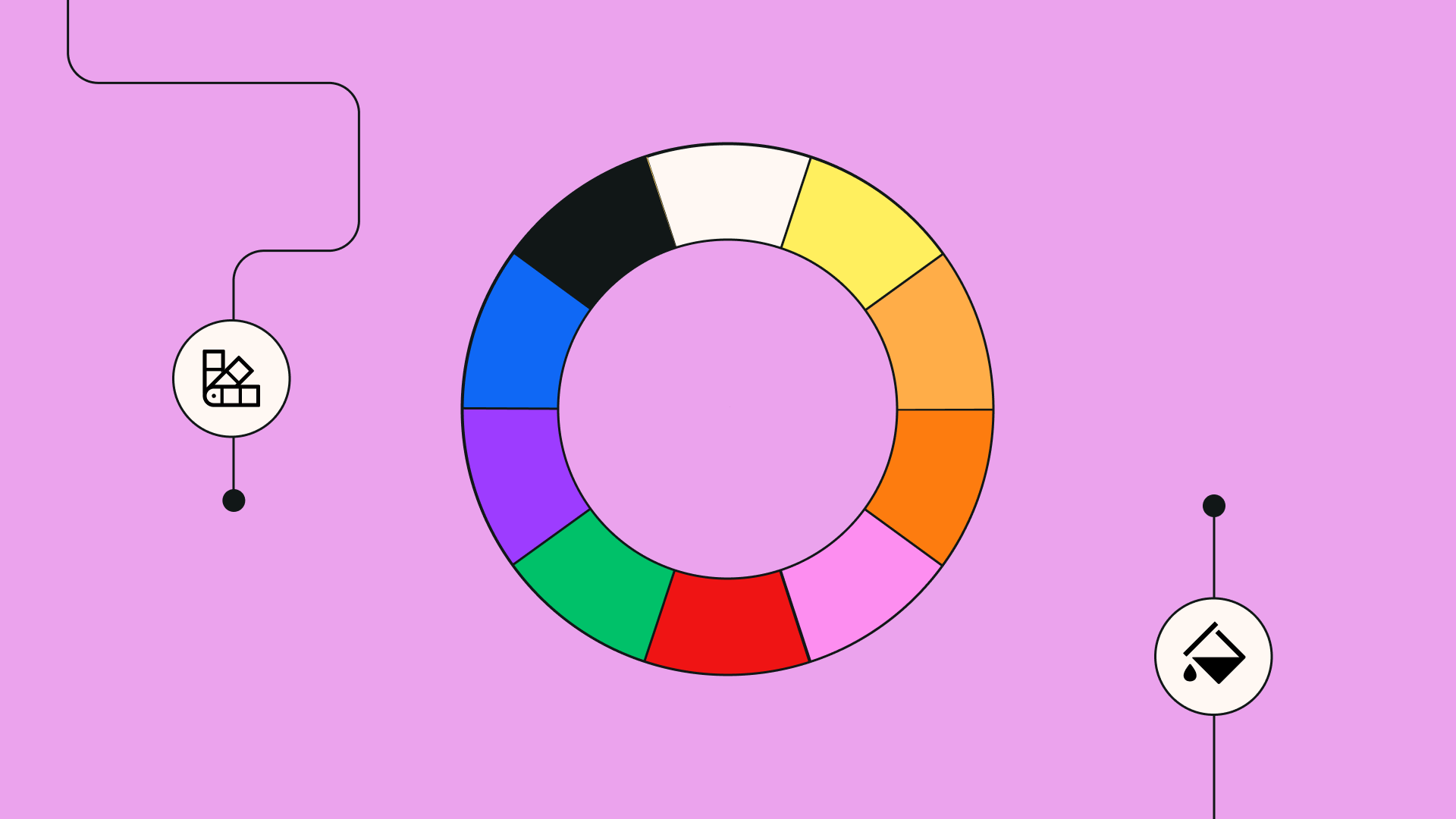
:quality(75))
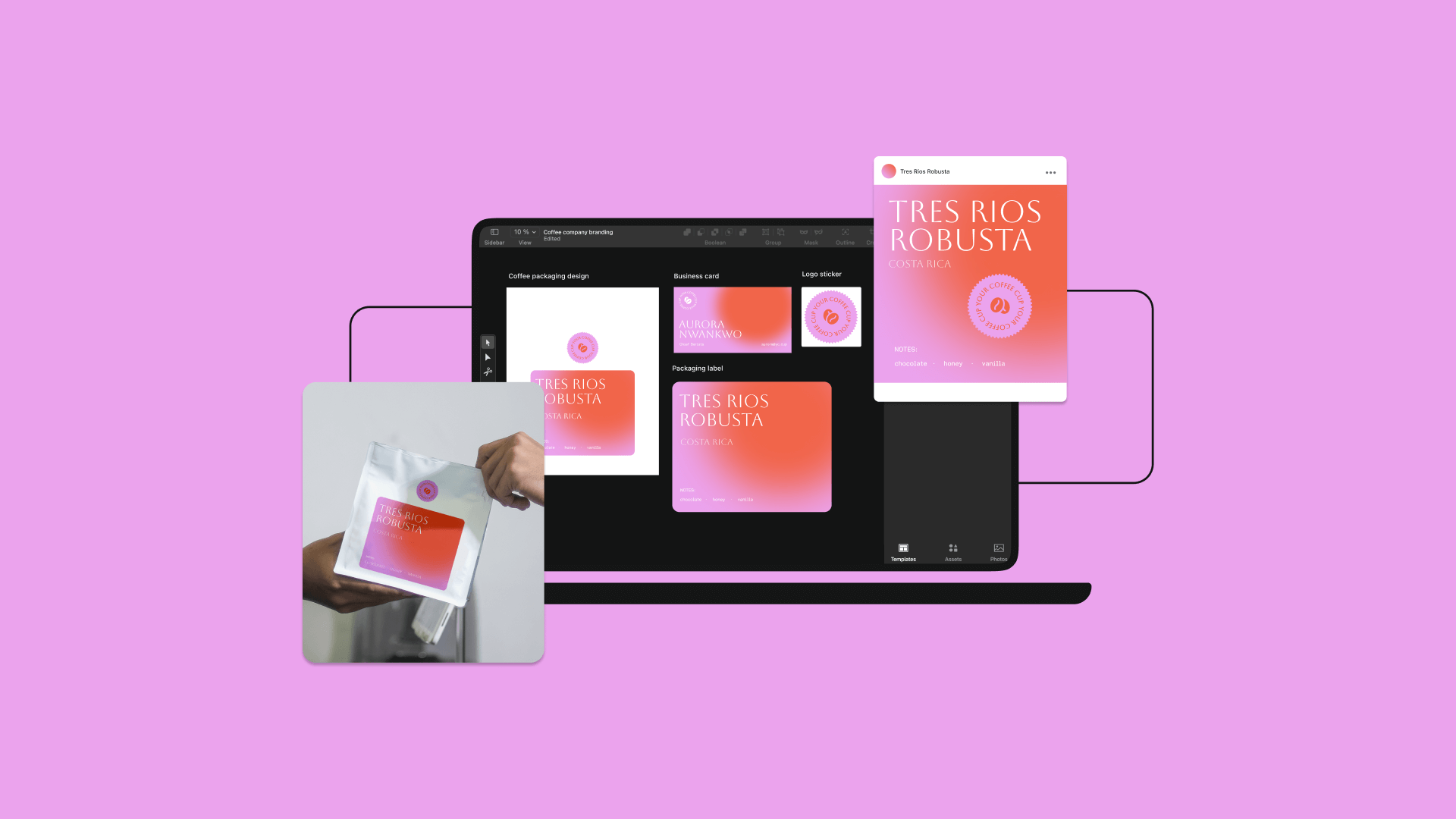
:quality(75))
:quality(75))
